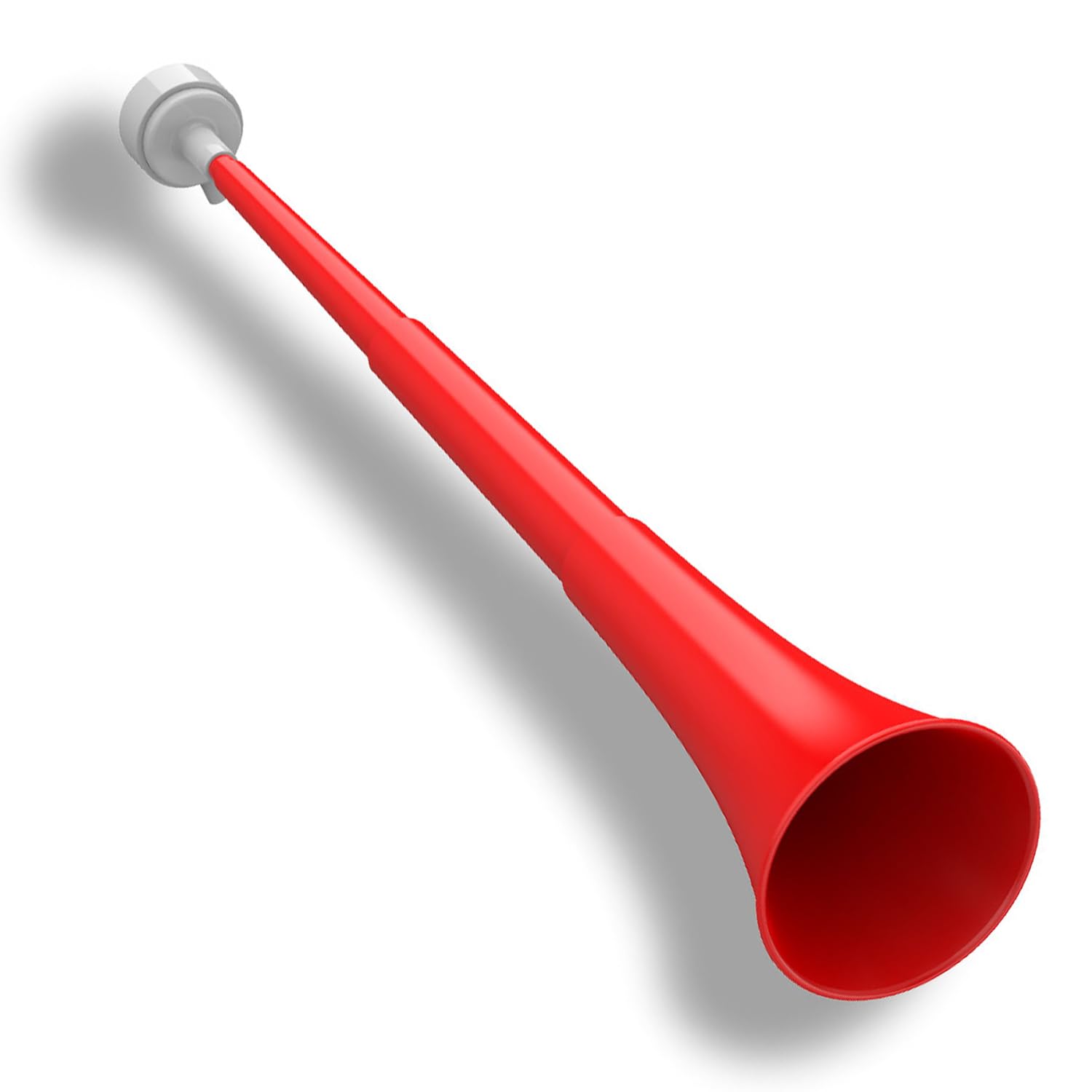
What Are the Horns They Play at Soccer Games? Exploring Vuvuzelas and More
If you’ve ever watched a soccer match, you might have noticed a unique, piercing sound echoing through the stadium, often drowned out by the excitement of the game. This noise, commonly associated with soccer games, primarily comes from a distinctive instrument known as the vuvuzela. But what exactly is a vuvuzela, and what other noise-making devices do fans use to support their teams? In this article, we’ll explore the fascinating world of soccer horns, their origins, uses, and the cultural impact they have on the game.
The Vuvuzela: An Icon of Soccer Culture
The vuvuzela is a plastic horn that gained worldwide fame during the 2010 FIFA World Cup held in South Africa. This brightly colored instrument typically measures around 65 centimeters in length and produces a loud, distinctive sound that can reach up to 127 decibels! Traditionally made of plastic, vuvuzelas are often collapsible for easy transport, making them a popular choice among soccer fans.
The sound of the vuvuzela is often described as a monotonous buzzing, similar to that of a giant hornet. Its unique noise serves multiple purposes in the context of a soccer game. Fans use it to show their support for their team, create an electrifying atmosphere, and even intimidate the opposing players. Vuvuzelas became so iconic during the World Cup that they represented a significant cultural shift in how soccer matches were experienced, turning stadiums into a vibrant spectacle of sound and emotion.
Other Noise-Making Devices
While vuvuzelas may be the most recognizable, numerous other noise-making devices contribute to the stadium environment. These include:
1. Bells and Cowbells
Bells and cowbells have been a part of sporting events for many years. Their clanging sound adds to the festive atmosphere and is often used to celebrate goals or victories. Fans love ringing them during key moments of the game, making them another beloved accessory in the stands.
2. Clappers
Clappers are simple hand-held devices that make noise when shaken or clapped together. They are often made from plastic or wood and are lightweight, making them easy to carry around. Fans enjoy using clappers to cheer on their teams and create a rhythm that other spectators can join in on.
3. Thundersticks
Thundersticks, also known as inflatable noise makers, are long inflatable tubes that fans hit together to create sound. These colorful sticks are popular not only in soccer but also at various sporting events, such as basketball and baseball games. Their light weight and ease of use make them an excellent choice for fans looking to amplify their noise-making ability.
4. Air Horns
Air horns are powerful devices that emit a loud, attention-grabbing sound when pressed. Though they can be quite disruptive, they are often used during significant matches or moments to demonstrate enthusiastic support. However, some stadiums have regulations against air horns because of their potential to disturb the game’s flow.
The Role of Noise-Making Devices in Soccer
The use of noise-making devices in soccer is not merely about volume; it’s about creating an experience. These instruments help forge a sense of community among fans as they come together to support their team. The collective sound of vuvuzelas, bells, and clappers can elevate a game from mere entertainment to an unforgettable event.
Moreover, these devices can influence the players on the field. The sounds serve as a constant reminder of the intensity and passion from the stands, often helping to spur players on when they need it the most. In closely contested matches, the wave of sound can create a formidable challenge for the opposing team.
Cultural Impact of Vuvuzelas
The vuvuzela, in particular, has sparked debate regarding its place in soccer culture. While many fans embrace the vibrant noise it creates, others find it overwhelming and even distracting. Some leagues and tournaments have imposed bans on vuvuzelas due to the disruptive noise level, underscoring the delicate balance between enthusiasm and distraction in sports.
Conclusion
Whether it’s the iconic vuvuzela or the rhythmic clapping of thundersticks, noise-making devices play an essential role in the soccer experience. They embody the passion, enthusiasm, and community of sports fans, transforming a simple game into a thrilling event. As the world of sports continues to evolve, these instruments will likely stay in the hearts (and hands) of fans across the globe, adding to the rich tapestry of soccer culture. So the next time you attend a match, take a moment to appreciate the myriad sounds of the supporters—each horn, clap, and cheer tells a story of unity and passion for the beautiful game.
